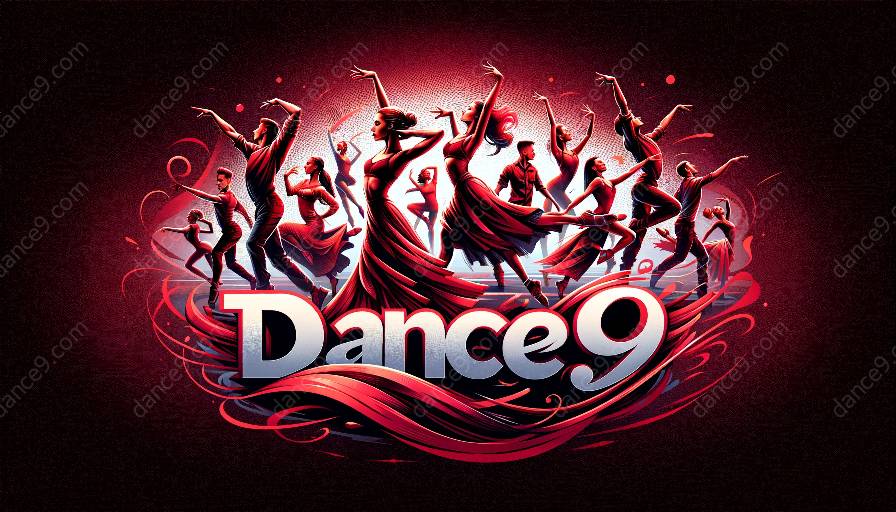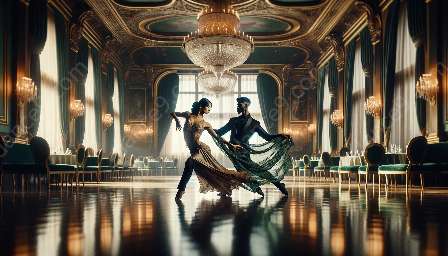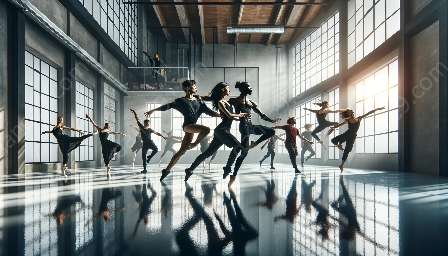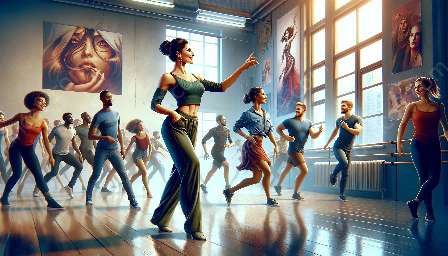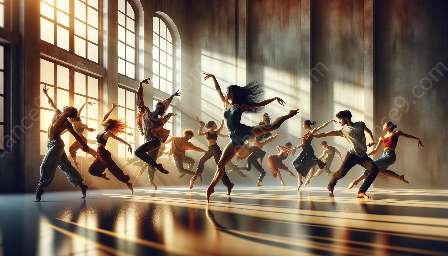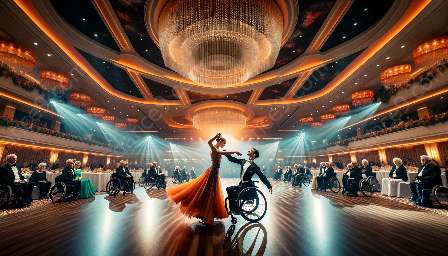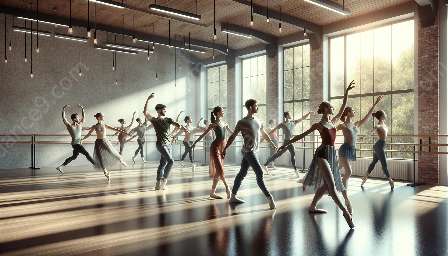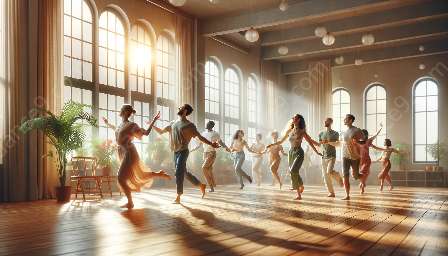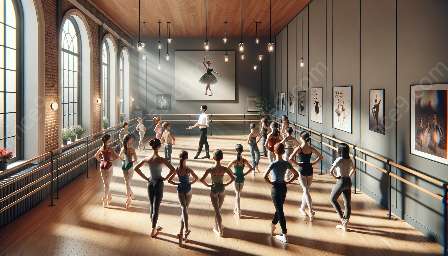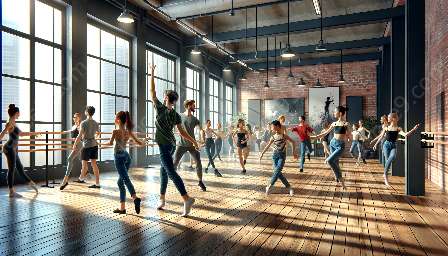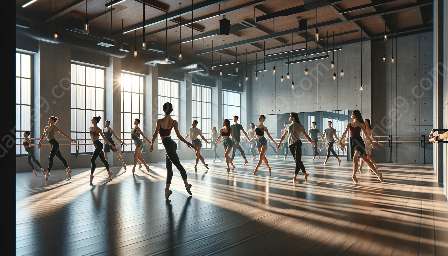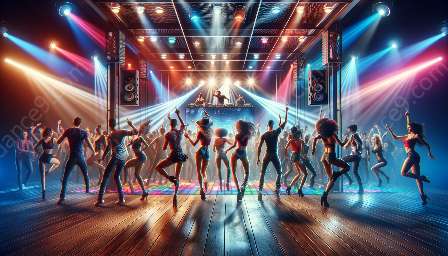Dance, as a key component of performing arts, has captivated audiences for centuries with its expressive movements and emotional storytelling. It plays a significant role in the arts and entertainment industry, offering a diverse range of styles and genres.
From classical ballet to modern contemporary dance, the world of dance encompasses a rich tapestry of traditions and innovations, showcasing the creativity and skill of dancers and choreographers.
The History of Dance
Dance has been an integral part of human culture throughout history, with evidence of dance rituals and performances dating back to ancient civilizations. From the traditional folk dances of various cultures to the refined court dances of the Renaissance era, dance has evolved and adapted to reflect the customs and values of different societies.
One of the most influential periods in the history of dance was the emergence of ballet in the 15th century. Ballet, with its graceful and precise movements, became a cornerstone of classical dance and continues to inspire choreographers and dancers worldwide.
Styles and Genres
The world of dance encompasses an array of styles and genres, each with its unique characteristics and aesthetic appeal. Traditional dance forms, such as flamenco, Kathak, and African tribal dances, offer insight into cultural traditions and storytelling techniques.
Meanwhile, contemporary dance styles, including jazz, hip-hop, and modern dance, push the boundaries of movement and expression, incorporating elements of improvisation and innovation. These diverse styles contribute to the dynamic landscape of dance in the performing arts.
The Impact of Dance on Arts & Entertainment
Dance plays a significant role in the arts and entertainment industry, with its presence felt in various forms of media, including stage performances, film, television, and digital platforms. Dance performances bring a sense of dynamism and emotion to live entertainment, captivating audiences through the physical prowess and artistic expression of the dancers.
Furthermore, dance has become a popular subject for reality television shows and talent competitions, showcasing the talents of amateur and professional dancers and providing a platform for the public to engage with the art form.
The Evolution of Dance Education and Training
In recent years, the emphasis on dance education and training has grown, with dedicated institutions and academies offering comprehensive programs for aspiring dancers and choreographers. These educational initiatives contribute to the development of new talent and the preservation of established dance traditions.
Additionally, dance therapy has gained recognition for its therapeutic benefits, offering individuals a means of self-expression and emotional release through movement and rhythm.
The Future of Dance in Performing Arts
As technology continues to advance, dance in the performing arts is evolving to incorporate new media and digital platforms, expanding its reach and accessibility to global audiences. With the intersection of traditional and contemporary techniques, the future of dance promises to be an innovative and dynamic force within the arts and entertainment industry.
Overall, the world of dance in performing arts is a captivating and diverse realm that continues to inspire, entertain, and connect people across cultures and generations through the universal language of movement and expression.

